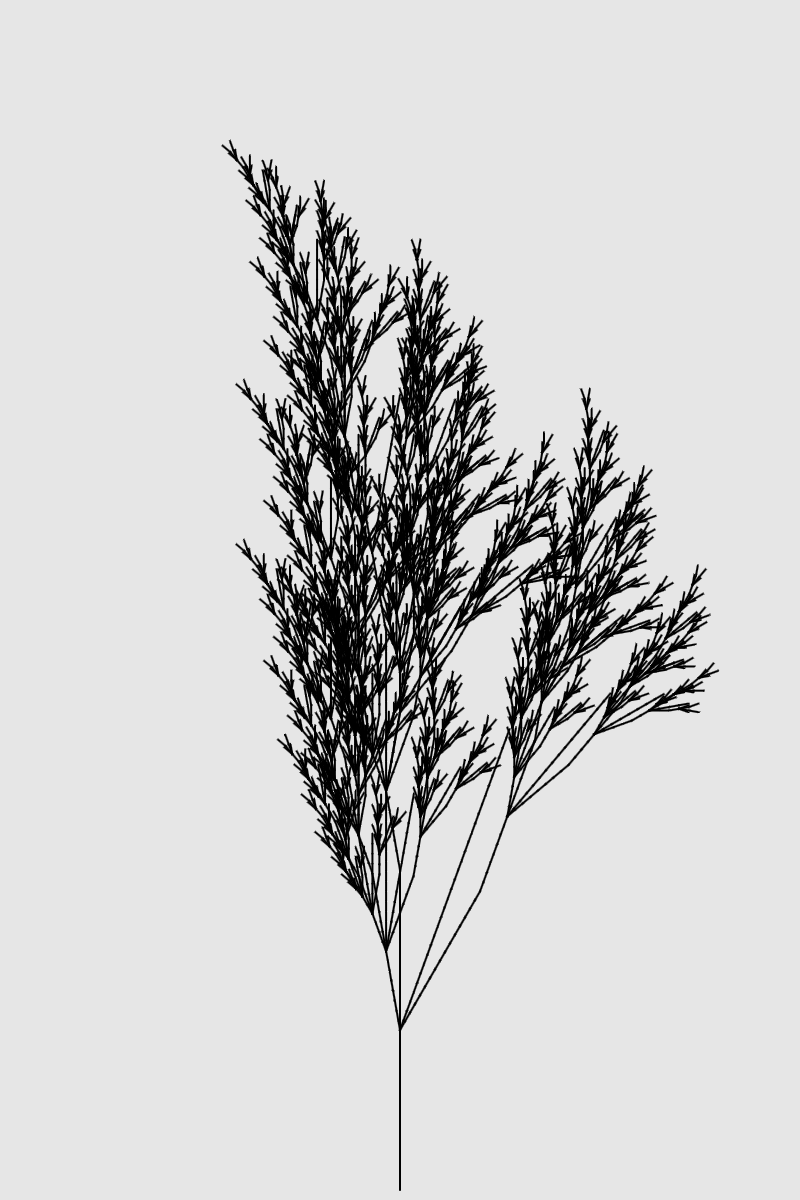<- Back


-> Alien
Plants in Nature
Duration
November - December 2021
Tools
Maya, Blender, 3D Studio Max, Houdini
Duration
November - December 2021
Tools
Maya, Blender, 3D Studio Max, Houdini
Alien Plants in Nature
An animation project inspired by German biologist Ernst Haeckel’s book Kunstformen der Natur (Art Forms in Nature), where plants with fantastic shapes and textures are generated with computer algorithms. The animation was created and rendered in Blender and the procedural animation software Houdini. The structures of the models are generated following the rules of L-systems ( Lindenmayer systems).Research
The project started with research in L-systems, a parallel rewriting system that is widely used in Mathematics as well as computer graphics. The goal of this project is to implement a set of L-system rules in the procedural animation software Houdini to generate models and render animations.
An L-system consists of:
- a collection of production rules that expand each symbol into some larger string of symbols;
- an initial "axiom" string from which to begin construction;
- a mechanism for translating the generated strings into geometric structures.
Here are some 2D implementations of L-systems, coded in Javascript:



Left to Right:
Sierpinski Triangle
variables : F G
constants : + −
start : F−G−G
rules :
(F → F−G+F+G−F),
(G → GG)
angle : 120°
Fractal Tree
variables : 0, 1
constants: [, ]
axiom : 0
rules :
(1 → 11),
(0 → 1[0]0)
Dragon CurveVariables : F G
constants : + −
start : F
rules : (F → F+G), (G → F-G)
angle : 90°
The L-systems were then introduced to a 3D environment, annotated with syntax and rules to produce organic plant-shape models. More detailed information about the built-in L-system functions in Houdini can be found here. The following images show the procedurally-generated tree model, the L-system rules used, and the node structure in Houdini.


Models generated with L-systems




Keyframes, textures, materials, lights, cameras were added to the scene later. The animation in half-HD is available here.


 Screenshots of the project
Screenshots of the project